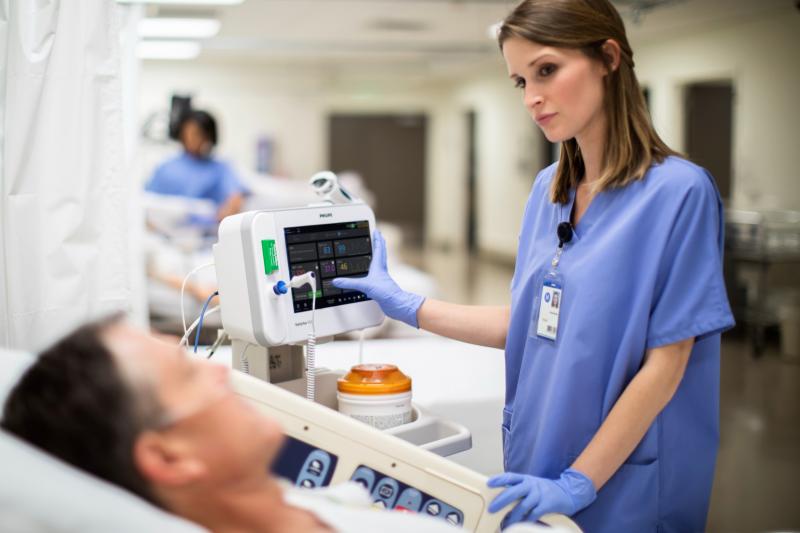Non-invasive biosensors are devices used for the detection and monitoring of biological and chemical substances like glucose, lactate, cholesterol, blood gas analytes, and infectious pathogens present in the human body. They help monitor vital health parameters in real-time without drawing fluids or causing harm to the human body. Non-invasive biosensors find wide applications in fields like healthcare monitoring, drug discovery and development, food toxicity detection, bioprocess monitoring and control, and environmental monitoring.
The global non-invasive biosensors market is estimated to be valued at US$ 29.84 Bn in 2023 and is expected to exhibit a CAGR of 5.5% over the forecast period 2023 to 2030, as highlighted in a new report published by Coherent Market Insights.
Market Dynamics:
Increase in chronic disease prevalence has emerged as a key driver bolstering growth of the global non-invasive biosensors market over the forecast period. Advancements in biosensor technology are supporting development of non-invasive techniques for continuous monitoring of chronic conditions like diabetes, cancer, cardiovascular diseases without causing any harm or discomfort to patients. This is expected to significantly boost demand for non-invasive biosensors among healthcare providers and patients globally. Additionally, rapid digitalization of hospitals and introduction of remote monitoring devices is also estimated to propel the non-invasive biosensors market growth during the forecast period.
Swot Analysis
Strength: Non-invasive biosensors avoid risks associated with invasive procedures, offering pain-free and risk-free measurements. They provide real-time data on the body's chemical and physiological processes without requiring direct contact with blood or tissue. Non-invasive biosensors can be easily used by patients at home, allowing for continuous remote monitoring of health conditions.
Weakness: Accuracy and sensitivity of measurements can be relatively lower compared to invasive techniques. Environmental and physical factors can potentially interfere with non-invasive readings. Wider adoption may require further refinement of sensing technologies and materials.
Opportunity: Rapid growth in elderly population and rising incidence of chronic diseases are driving demand for remote patient monitoring solutions. Non-invasive biosensors can help manage healthcare costs by reducing need for frequent hospital visits. Integration with mobile health apps and devices offers opportunities to scale healthcare delivery to more patients worldwide.
Threats: Existing users may be reluctant to switch from established invasive monitoring methods. Privacy and security of wirelessly transmitted health data needs to be thoroughly addressed to assure patients. Intense competition can squeeze profit margins for companies.
Key Takeaways
The Global Non-Invasive Biosensors Market Size is expected to witness high growth. With continuous technological advancements, non-invasive biosensors are increasingly becoming accurate alternatives to conventional invasive tests. The market size for non-invasive biosensors is forecast to reach US$ 29.84 billion by 2023.
Regional analysis: North America presently dominates the non-invasive biosensors market led by rapid adoption of remote monitoring devices in the US and Canada. Asia Pacific is expected to see fastest gains through 2030 supported by growing health awareness, rising disposable incomes, and infrastructure investments in countries such as India and China.
Key players operating in the non-invasive biosensors market are Thermax Limited, Armstrong International Inc., Stork Thermeq B.V., Alfa Laval AB, and Kelvion Holding GmbH. Thermax and Armstrong are leading manufacturers of heat exchangers for applications in the renewable energy, oil & gas and chemical industries.
Explore more information on this topic, Please visit-
https://www.dailyprbulletin.com/non-invasive-biosensors-market-share-size-and-growth-share-trends-analysis-demand-forecast/
Explore more trending article on this topic:
https://www.rapidwebwire.com/non-invasive-biosensors-market-size-and-share-analysis-growth-trends-and-forecasts/
